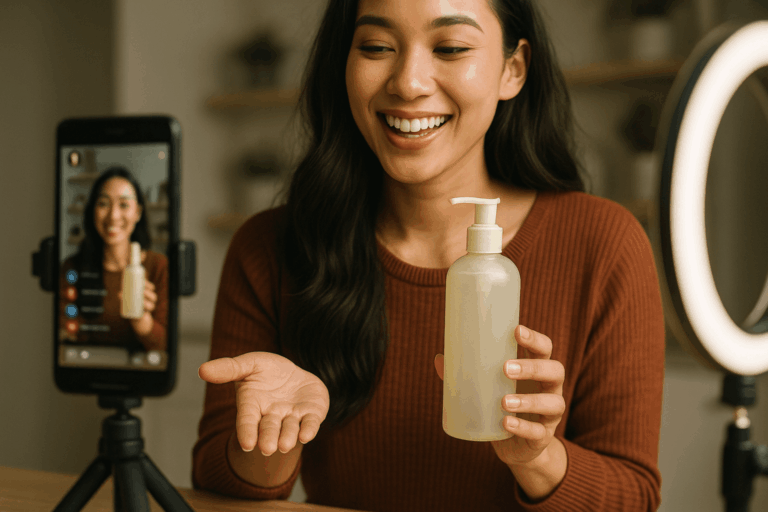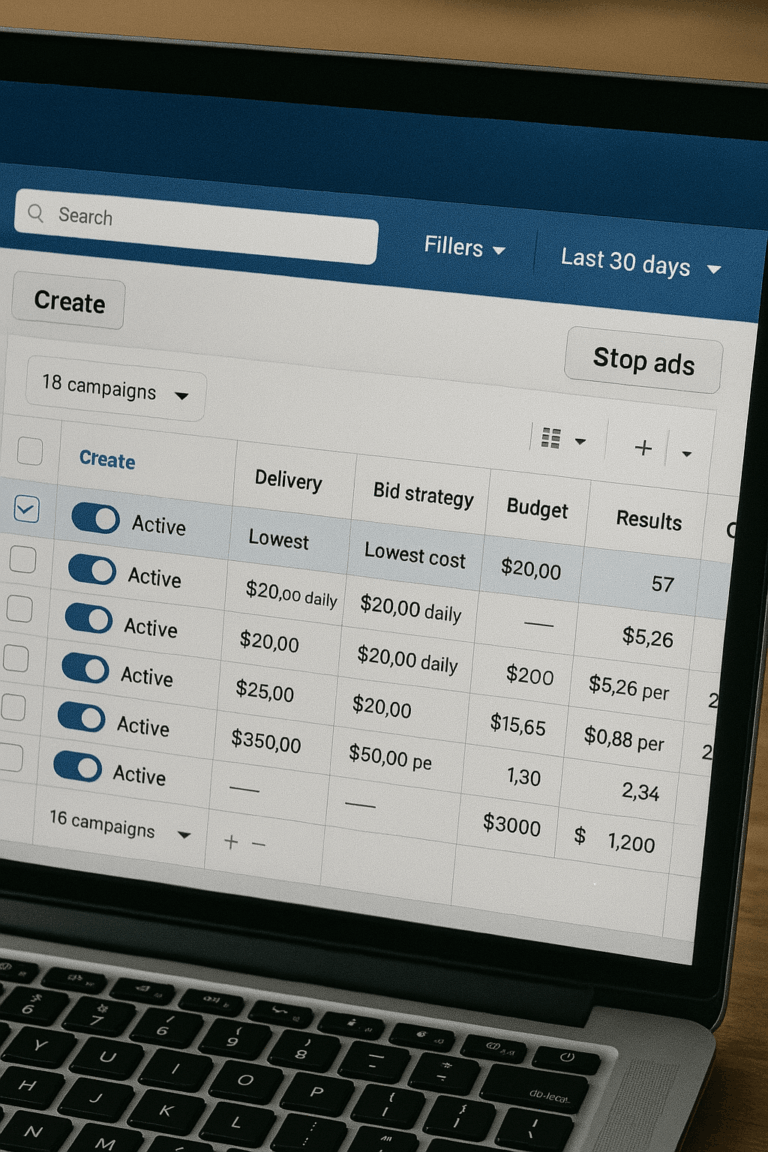A Step-by-Step Incrementality Testing Roadmap for 2025

Incrementality testing is one of the most effective ways to measure the true impact of your marketing efforts. By systematically analyzing how different channels contribute to revenue, you can optimize spend and drive higher returns.
Whether you’re new to incrementality testing or looking to refine your approach, this step-by-step roadmap will guide you through the process over the course of a year.
Let’s dive into month one.
Month 1: Establish Your Baseline Contribution
Goal: Determine how much revenue comes from marketing.
Method: Conduct a complete holdout test by pausing all marketing efforts for a segment of your audience.
Outcome: Identify the baseline percentage of revenue that would be generated without marketing.
For example, if a business generates $5 million in monthly revenue while spending $1 million on marketing, the MER (Marketing Efficiency Ratio) is 5x. However, the true incrementality-adjusted return (iROAS) may be lower. Running a one-month holdout test in 10% of the markets might reveal that actual iROAS is 3x, meaning $2 million of revenue comes from baseline, while marketing contributes $3 million.
Why This Matters
Establishing a baseline is essential because many brands overestimate the effectiveness of their marketing spend by relying solely on platform-reported metrics. Without a control group, it’s impossible to separate organic revenue from marketing-driven revenue.
- Challenge: Executing a full media pause can be difficult due to internal pushback.
- Solution: Start with a regional holdout instead of a full-scale test to minimize risk while still obtaining actionable data.
Months 2-4: Identify Your Biggest Performance Levers
Goal: Determine which channels drive the highest incremental revenue.
Method: Conduct holdout tests on the top three spending channels.
Outcome: Establish the iROAS of each major channel.
For example, assume a brand allocates 30% of its budget to Meta, 25% to Google Search, and 10% to TikTok. Running holdout tests separately for each channel over a three-month period may reveal:
- Meta has an iROAS of 4x
- Google Search has an iROAS of 2.5x
- TikTok has an iROAS of 1.5x
By process of elimination, the remaining 35% of media spend contributes at a 3.5x iROAS.
Why This Matters
Knowing which channels are most effective allows for smarter budget allocation. It also helps you understand which platforms inflate their self-attributed impact.
- Challenge: Channel-level testing requires significant spend and time.
- Solution: Use sequential testing rather than simultaneous holdouts to control costs and minimize disruptions.
Months 5-7: Optimize Your Budget for Maximum Impact
Goal: Improve overall incrementality and marketing efficiency.
Method: Reallocate budget based on the insights from previous tests.
Outcome: A measurable improvement in overall marketing efficiency.
Using the previous data, brands can shift spend from lower-performing channels (Google and TikTok) to higher-performing ones (Meta and others). Staying budget-neutral and allowing time for saturation and stabilization, they may observe an improvement in their MER from 5x to 5.5x.
How to Execute This Step Effectively
- Prioritize high-ROAS channels while keeping an eye on saturation effects.
- Experiment with different levels of budget shifts to find the optimal balance.
- Monitor downstream effects on lower-funnel metrics like conversion rate and CAC.
Month 8: Re-Test Total Media Contribution
Goal: Validate the impact of optimizations.
Method: Repeat the holdout test from Month 1.
Outcome: Determine if overall program incrementality has improved.
Running the same full-media holdout test again may reveal that the overall iROAS has improved from 3x to 3.5x, confirming a more efficient media mix that drives higher revenue at the same budget.
Why This Matters
By verifying progress, brands ensure they are truly improving efficiency rather than just shifting spend around. Incrementality testing is not a one-time project but an ongoing process.
Months 9-12: Scale Effectively for Q4
Goal: Maximize impact during peak revenue periods.
Method: Apply learnings to optimize budgets for high-ROI scaling.
Outcome: Confident scaling backed by data-driven decision-making.
Armed with data from previous tests, brands can enter Q4—the most critical time of the year—with a strategic plan. This enables them to scale efficiently, minimizing wasted spend and maximizing revenue potential.
Best Practices for Scaling
- Double down on high-iROAS channels while keeping a contingency budget for emerging opportunities.
- Leverage seasonality trends from past years to anticipate performance swings.
- Monitor real-time performance to adjust spending dynamically.
Final Thoughts: Build a Smarter, More Profitable Marketing Strategy
This structured approach allows smaller brands to conduct five critical incrementality tests within a year, optimizing their marketing mix with real data. For more complex brands, increasing testing frequency to 20 or more tests annually can provide even deeper insights.
Incrementality testing is not just about proving impact—it’s about refining strategy and maximizing efficiency. If you’re looking to implement a robust incrementality testing strategy in 2025, book a free consultation to start optimizing your marketing spend today.
Our Editorial Standards
Reviewed for Accuracy
Every piece is fact-checked for precision.
Up-to-Date Research
We reflect the latest trends and insights.
Credible References
Backed by trusted industry sources.
Actionable & Insight-Driven
Strategic takeaways for real results.

















